-
Membership
Membership
Anyone with an interest in the history of the built environment is welcome to join the Society of Architectural Historians -
Conferences
Conferences
SAH Annual International Conferences bring members together for scholarly exchange and networking -
Publications
Publications
Through print and digital publications, SAH documents the history of the built environment and disseminates scholarship -
Programs
Programs
SAH promotes meaningful engagement with the history of the built environment through its programs -
Jobs & Opportunities
Jobs & Opportunities
SAH provides resources, fellowships, and grants to help further your career and professional life -
Support
Support
We invite you to support the educational mission of SAH by making a gift, becoming a member, or volunteering -
About
About
SAH promotes the study, interpretation, and conservation of the built environment worldwide for the benefit of all
SAHARA Highlights: Architectural Photography and Cars
Jul 12, 2023
by
Jacqueline Spafford and Mark Hinchman, SAHARA Co-Editors
Most architecture photographers, such as Hedrich Blessing and Julius Schulman, present their architectural subjects as idealized objects in an abstract world devoid of cars and people. Yet there are exceptions. The famous photograph by Le Corbusier of his building at the Weissenhof Siedlung in Stuttgart, Germany, 1927, prominently features a Mercedes. Le Corbusier liked cars, and his inclusion of one was purposeful. One way to understand the antipathy towards automobiles by architecture photographers is to think of architectural photography as following the format and styling of architectural drawings. From this stance, elevations are parallel to the camera, and without distortion or intrusions (see SAHARA Highlights: Jeffrey Klee and the Parallel Picture Plane from April 2021). Many photographers think that cars in architectural photography ruin the picture and will go to considerable lengths to avoid them. But with the passage of decades from the time of the photograph, once the cars themselves become historical objects, the effect changes. This selection from the SAHARA collection includes parked cars, moving cars, historical cars, contemporary cars, cars as economic indicators, and the car as observer.
Please consider making your own contributions to SAHARA, with or without cars.
To see more SAHARA content: sahara.artstor.org/#/login
To learn more about contributing, visit: sah.org/sahara
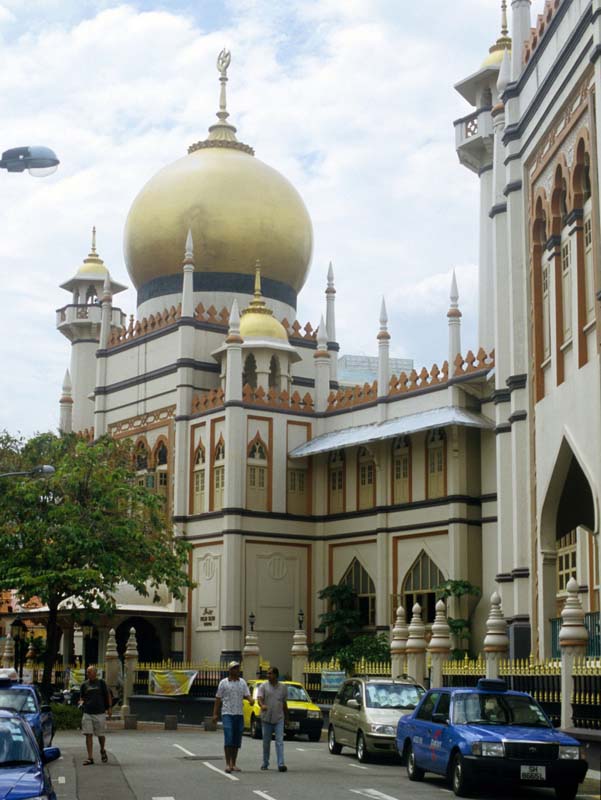
Swan and Maclaren, Sultan Mosque, Singapore, 1927. Photograph by Dell Upton, 2005. The elaborate Indo-Saracenic mosque acts as a backdrop to a street scene featuring parked cars and pedestrians.
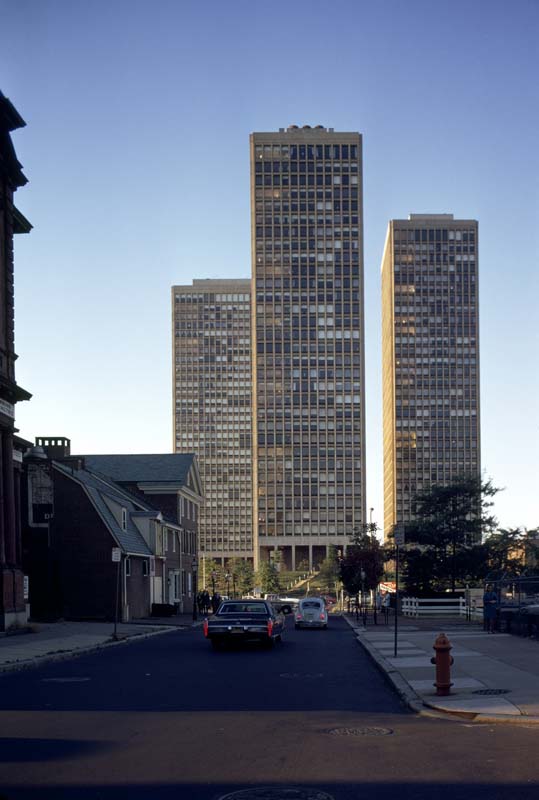
I.M. Pei, Society Hill Towers, Philadelphia, 1962–1964. Photograph by George Edward Kidder Smith, undated. This photograph captures the cars in motion, indicating that it was taken with a fast shutter speed. The three-building complex was captured at dusk.
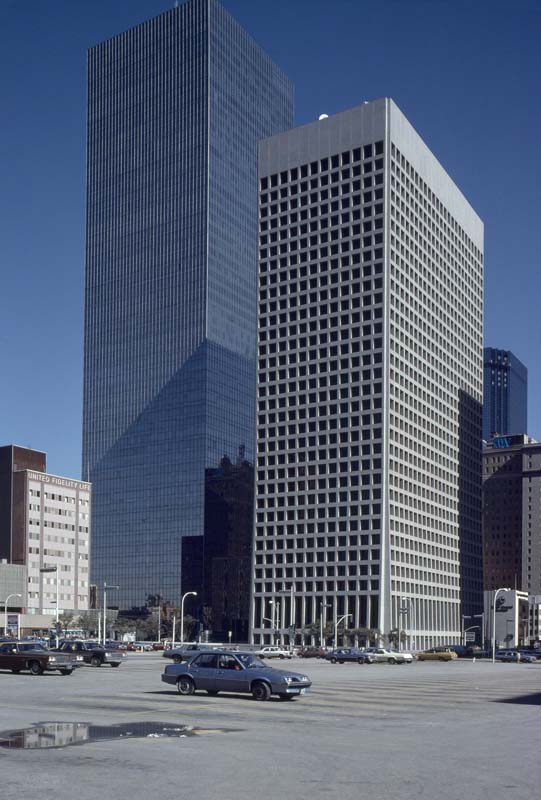
Skidmore, Owings and Merrill, One Main Place, Dallas, 1967–1968. Photograph by George Edward Kidder Smith, undated. The cars in this photograph are not an intrusion, but are logical to their context of a parking lot that spreads out in front of the building. They are appropriate to the subject, in which many office workers drive to work. Because of their scale relative to the building, they do not overwhelm the composition.
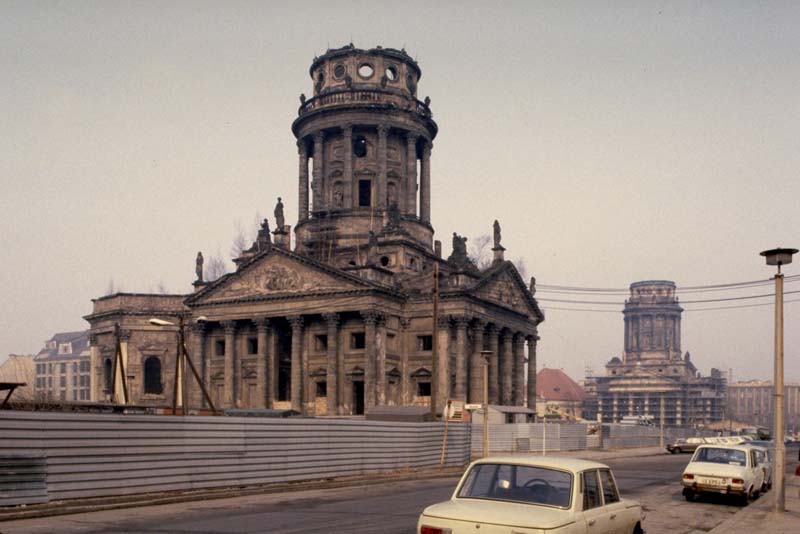
George Christian Unger, Deutscher Dom, East Berlin, 1701–1780. Photograph by William Kessler, 1981. This photograph tells several stories. It documents the extent of destruction unleashed on Berlin during World War II. It’s a testament to East German economic stagnation in multiple respects. Decades after the war, many sites in East Berlin remained in ruin. Numerous East German automobiles line the street. These plastic vehicles were initially derided for their lack of quality, e.g., no gas gauges, compared to their West German cousins, yet post-unification, many Germans came to see them with affection.
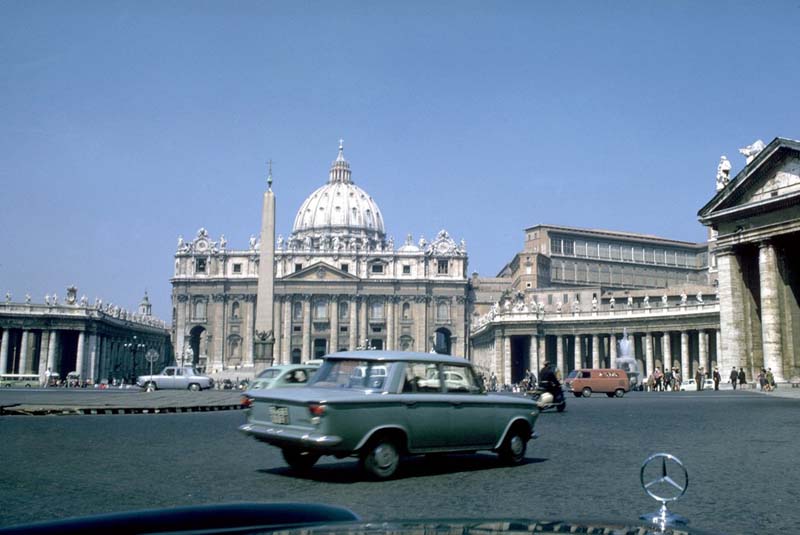
Gian Lorenzo Bernini, Piazza San Pietro, 1656–1667. Photograph by William Kessler, 1965. It would be unfortunate if this were the only photograph in existence of the Renaissance masterpiece, but as photographs of St. Peter’s and its piazza exist in the thousands, this one makes for an amusing addition to the canon. It shows cars moving and parked, a famed Italian motor scooter, and unusually, shows that the photographer is in a car, with the windshield of the Mercedes acting as a frame.
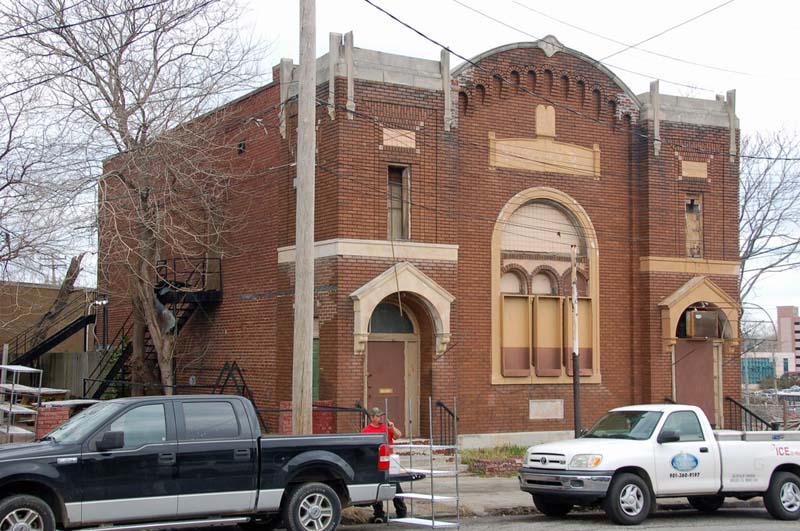
Anschei Mischne Synagogue, Memphis, 1927. Photograph by Dell Upon, 2012. Upton noted that when he took the photo, the building was under threat of demolition. He took the photograph to document a building with an uncertain future and was less concerned with perfect photographic conditions.
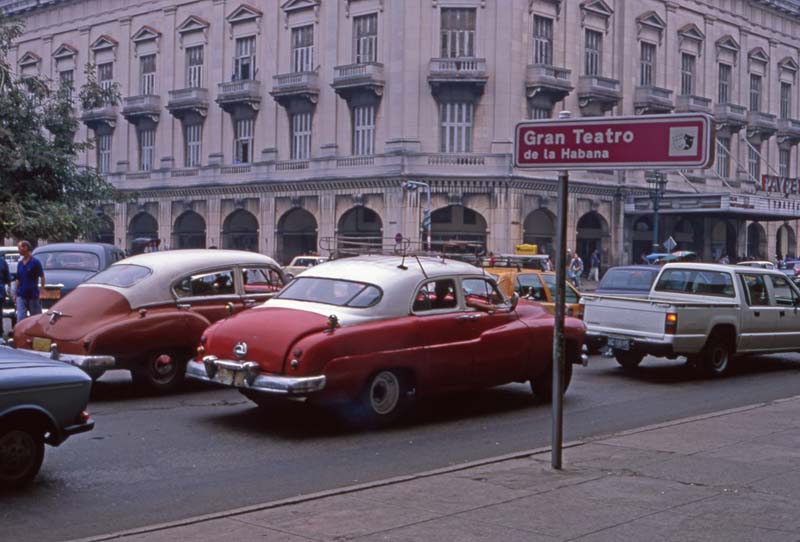
Parque Central, Havana, Cuba, 19th century. Photograph by Gerald Moorhead, 2002. Because of restricted automobile exports to Cuba, the country developed an industry of maintaining vintage automobiles. Many date to the 1940s and 1950s.
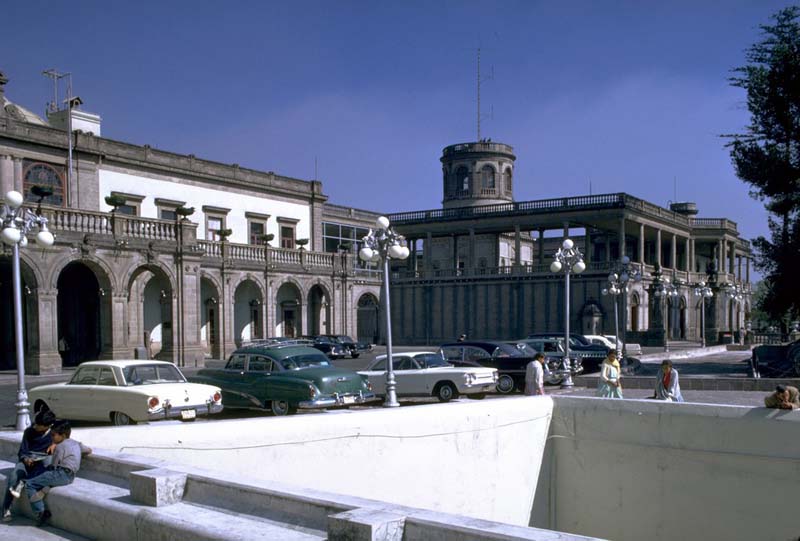
Eleuterio Méndez, Ramón Rodriguez Arangoiti, Julius Hofman, Carl Gangolf Kayser, and Carlos Schaffer, Chapultepec Castle, 1785. Photograph by William Kessler, 1967. The photograph is replete with automobiles and pedestrians that create a mood of a historic building that has a place in contemporary life. From the position of the dictates of most architecture photographers, it is too casual to find its way into an architectural history book.
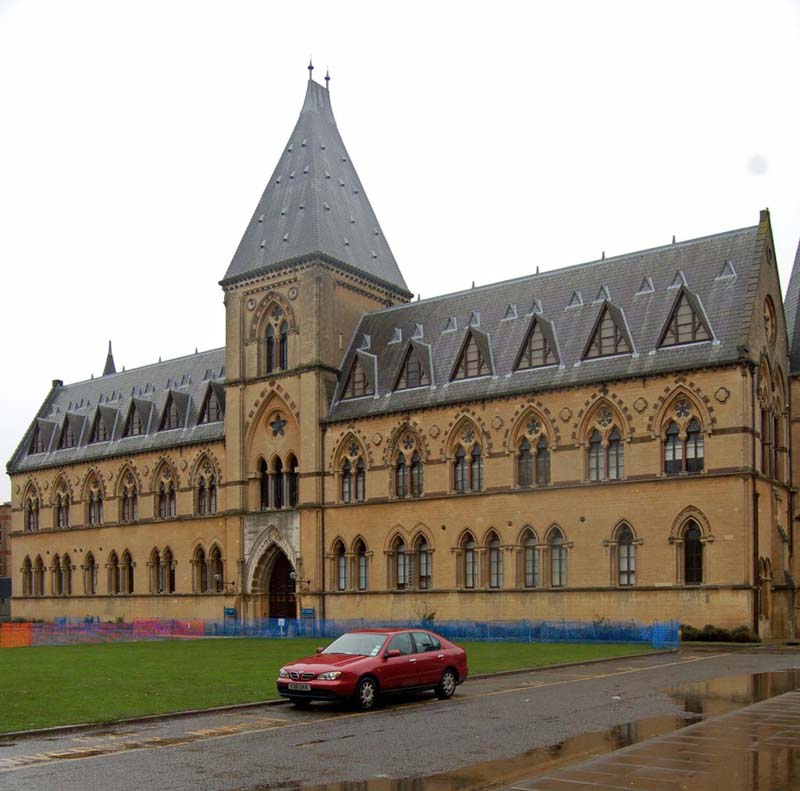
Thomas Deane and Benjamin Woodward, Oxford University Museum of Natural History, 1853-1860. Photograph by Dell Upton, 2008. This photograph captures a scenario familiar to many SAHARA contributors: a historic building mostly unvisited by people, and benefitting from reflection in rain puddles; in short, whose circumstances are almost perfect, yet marred by the awkward presence of a single automobile. The demands of a travel schedule often mean that the travelling photographer accepts the imperfect context or foregoes taking the photograph.
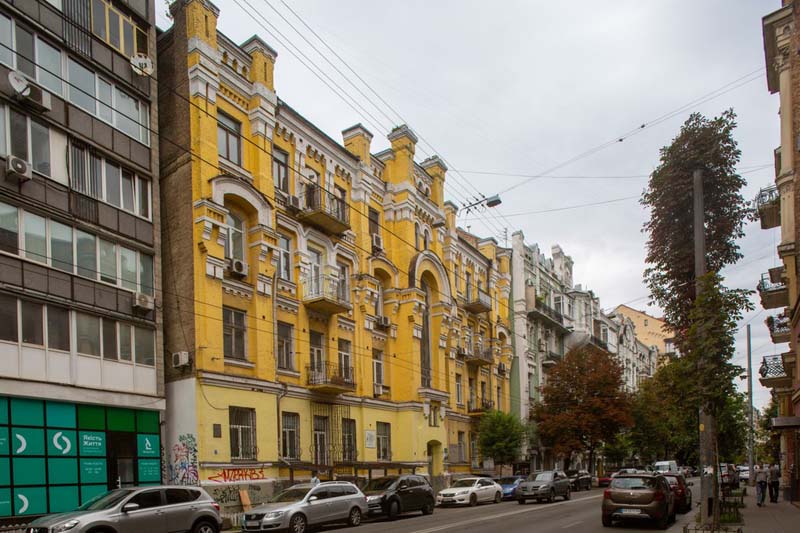
Apartment House, Velyka Zhytomyrska Street, Kiev, Ukraine, late 19th century. Photograph by Zachary Violette, 2019. Several of Violette’s photographs were used for the March 2022 Highlights on Ukraine. This one captures a street in use and underscores that many historic buildings are not isolated monuments, but part of the on-going life of a city.


